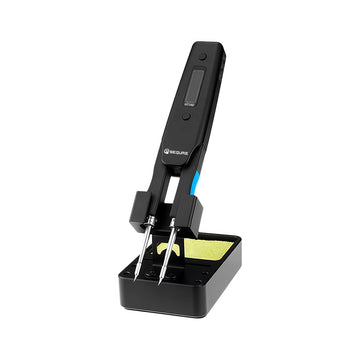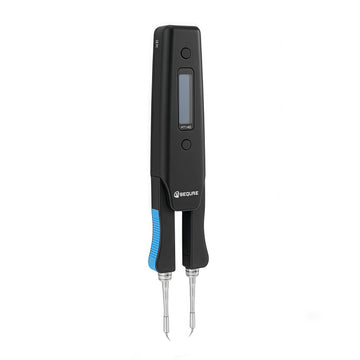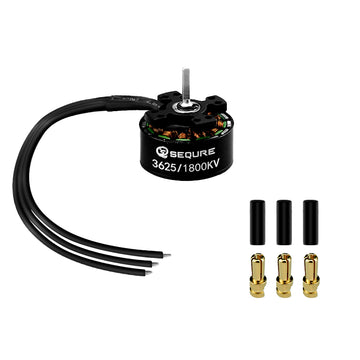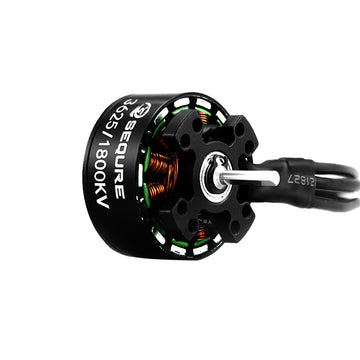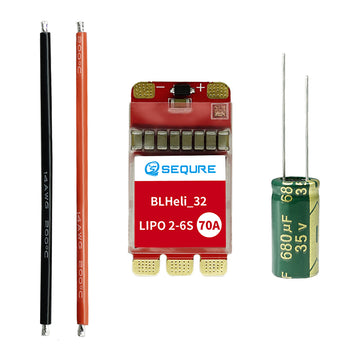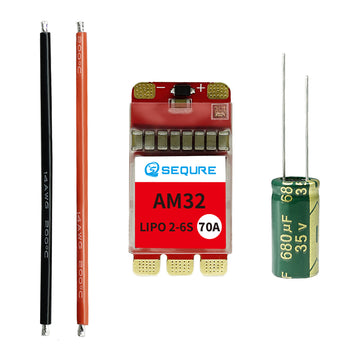Classification And Application Of Stepper Motor
Generally, motors rotate continuously, but stepping motors rotate step by step, so they are called stepping motors. Each time a pulse signal is input, the motor rotates through a certain angle (some stepping motors can directly output linear displacement, called linear motors). Therefore, a stepping motor is an actuator that converts pulses into angular displacement (or linear displacement).
The rotor of the stepping motor is distributed in multiple poles, and the stator is embedded with a multi-phase star-connected control winding. The electric pulse signal is input by a special power supply. Each time a pulse signal is input, the rotor of the stepping motor moves forward. Since the input is a pulse signal, the output angular displacement is intermittent, so it is also called a pulse motor.
With the development of digital control systems, the application of stepping motors will gradually expand.
There are many types of stepping motors. According to the structure, they can be divided into two types: reactive and exciting; according to the number of phases, they can be divided into three types: single-phase, two-phase and multi-phase
What is the difference between single-phase, two-phase and multi-phase stepper motors? The following is for you:
A single-phase stepping motor winds a toroidal coil on a bobbin, and passes it a positive and negative alternating current. Each time the current is switched, it will take a step in the national direction. Since the permeance (the reciprocal of the magnetic resistance, which indicates the ease of flux flow) through the rotor magnetic circuit becomes larger in its direction of rotation, the single-phase stepper motor can only move in one direction.
The number of phases of a stepper motor: refers to the number of coil groups inside the motor. At present, two-phase, three-phase, four-phase, and five-phase stepper motors are commonly used.
Phase number: The number of excitation coil pairs that produce N and S magnetic fields of different pairs of poles. It refers to the number of coil groups inside the motor. At present, two-phase, three-phase, four-phase, and five-phase stepper motors are commonly used. When there is no subdivision driver, users mainly rely on selecting stepping motors with different phase numbers to meet their own step angle requirements. If a subdivision driver is used, the ‘phase number’ will become meaningless, and the user only needs to change the subdivision number on the driver to change the step angle. At present, the most widely used are two-phase and four-phase. Four-phase motors are generally used as two-phase, and the cost of five-phase is higher.
Advantages of stepper motors: high control accuracy
Features: Compared with ordinary motors, it can realize open-loop control, that is, the angle and speed control of stepping motors can be realized through the number and frequency of pulses input from the signal input terminal of the driver without feedback signals. However, stepping motors are not suitable for long-term operation in the same direction, and it is easy to burn the product. It is usually better to use short-distance and frequent actions.
Compared with the servo motor, the feedback control is realized by installing a rotary encoder inside the servo motor. The torque that the servo motor can achieve is higher than that of a stepper motor, but the price is relatively high, so if the torque can be satisfied, it is recommended Use stepper motors.
Stepping motors are used in conjunction with drivers, and many drivers support subdivision functions, that is, to achieve a small step angle and more precise control
At present, the application fields of stepper motors are becoming more and more extensive, and they are widely used in machinery, electronics, textiles and other industries. The following are some of the more commonly used occasions:
1. Stepping motors are mainly used in some occasions with positioning requirements.
For example: wire cutting worktable drag, tufting machine worktable (pore positioning), packaging machine (fixed length). Basically it can be used in situations involving positioning.
2. Widely used in ATM machines, inkjet printers, plotters, photo machines, spraying equipment, medical instruments and equipment, computer peripherals and mass storage equipment, precision instruments, industrial control systems, office automation, robots and other fields.
It is especially suitable for applications requiring stable operation, low noise, fast response, long service life and high output torque.
3. Stepping motors are widely used in textile machinery and equipment such as computerized embroidery machines. The characteristics of this type of stepping motors are that the torque is not high, the frequent startup response speed is fast, the running noise is low, the operation is stable, and the control performance is good. The cost of the whole machine is low.
At present, most of the stepping motors used in computerized embroidery machines are five-phase hybrid stepping motors. The purpose is to reduce the step angle and improve the control accuracy by using a high-phase stepping motor, but the performance obtained by this method The improvement is limited. And the cost is relatively high. The use of subdivision drive technology can greatly improve the running quality of the stepper motor, reduce torque fluctuations, suppress oscillation, reduce noise, and improve stepping torque resolution. If a reactive stepping motor is used, the performance can be significantly improved while the cost of the product can be greatly reduced.
If you want to buy a stepper motor, you can click: stepper motor with controller
Dear Customer/DIYer
Thank you very much for your support and hope you have a happy and interesting shopping experience. We are very welcome to the majority of customers and friends to participate in our DIY interesting articles sharing activities.
Share & Cash Back
The number of words is more than 300 words, have exquisite picture in the article. Send us your article. After check your article and it pass through, we will cashback the amount of 5-8 dollars according to the quality of the articles.
Welcome to contact this email (info@sequremall.com) and send us the articles for checking.







